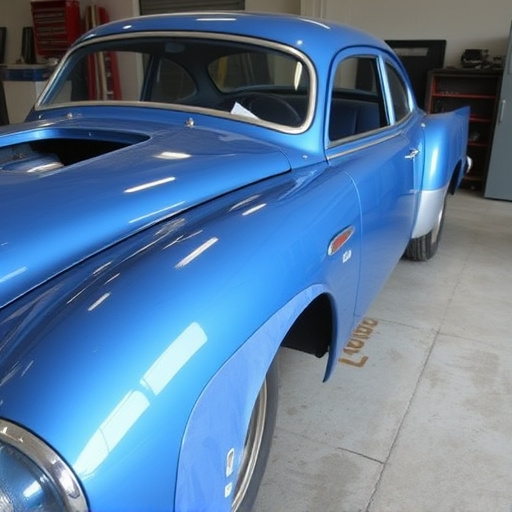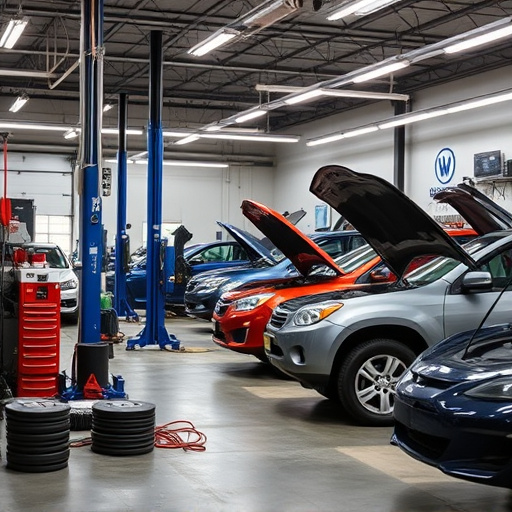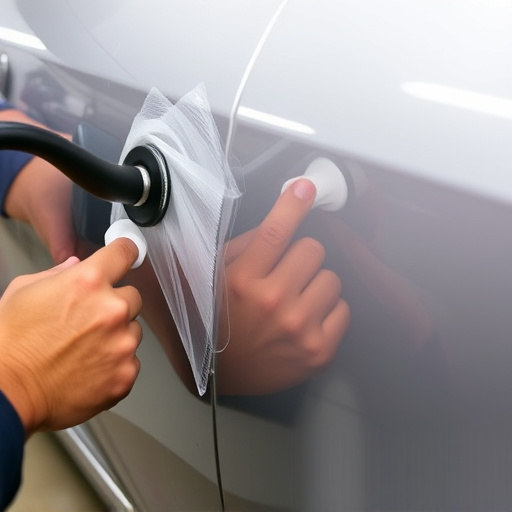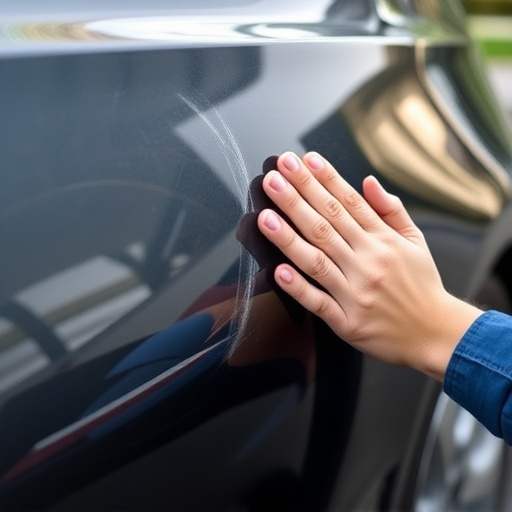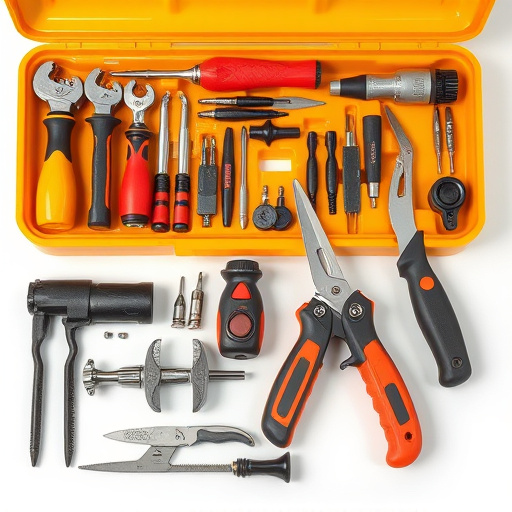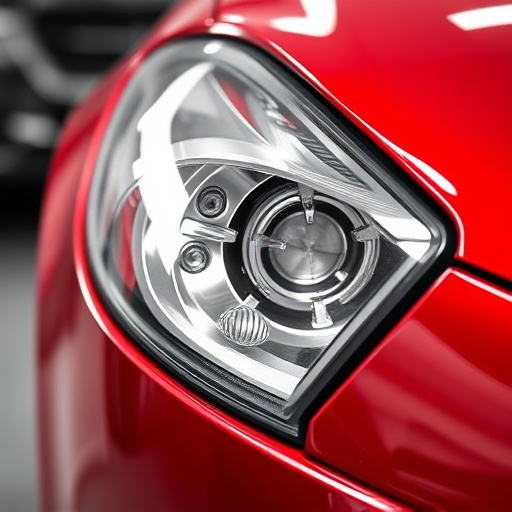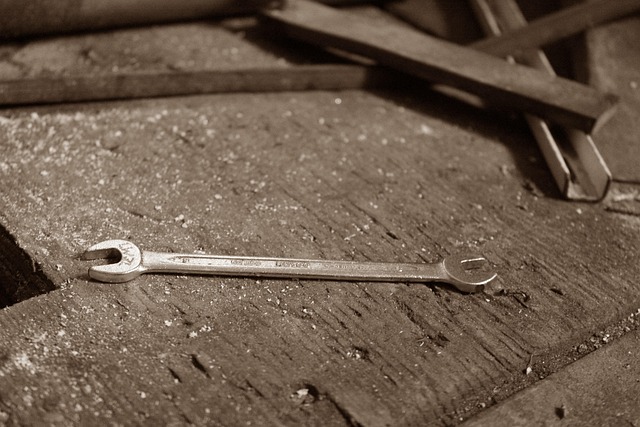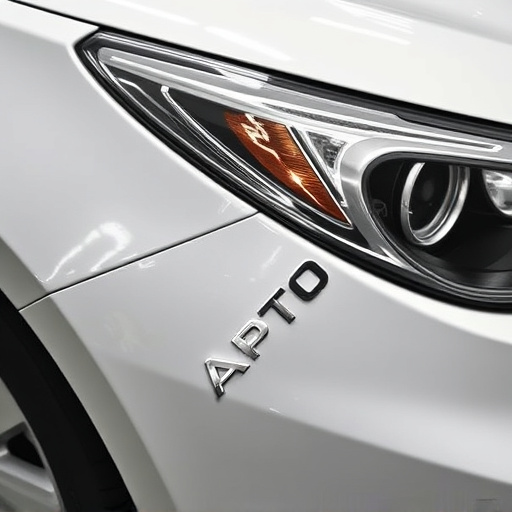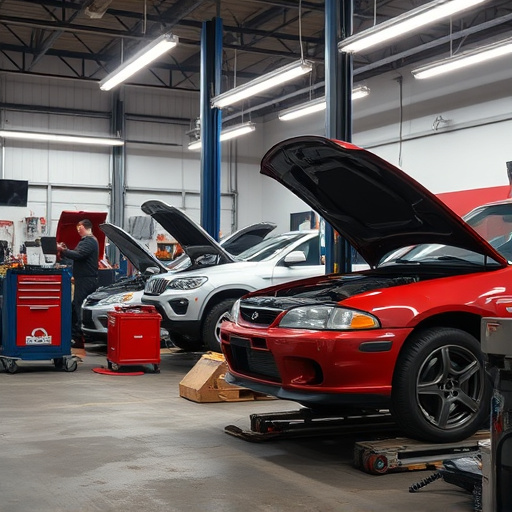Aluminum's light weight and corrosion resistance make it popular in vehicle manufacturing, but it lacks steel's strength and impact resistance. Techniques like paintless dent repair preserve aluminum's integrity. Aluminum body components are gaining in luxury cars, requiring meticulous assembly techniques with carbon fiber components. High-quality carbon fiber components rely on 3D scanning, NDT, and standardized procedures for best performance, safety, and durability.
Avoiding common mistakes with aluminum body components is essential for achieving optimal performance and longevity in automotive construction. This guide explores critical aspects, such as understanding the unique properties and limitations of aluminum, employing correct assembly techniques for seamless integration, and implementing robust quality control measures to prevent defects in both aluminum and carbon fiber components. By following these best practices, manufacturers can ensure superior craftsmanship and enhanced structural integrity.
- Understanding Aluminum's Properties and Limitations
- Correct Assembly Techniques for Seamless Integration
- Quality Control Measures to Prevent Defects in Carbon Fiber Components
Understanding Aluminum's Properties and Limitations
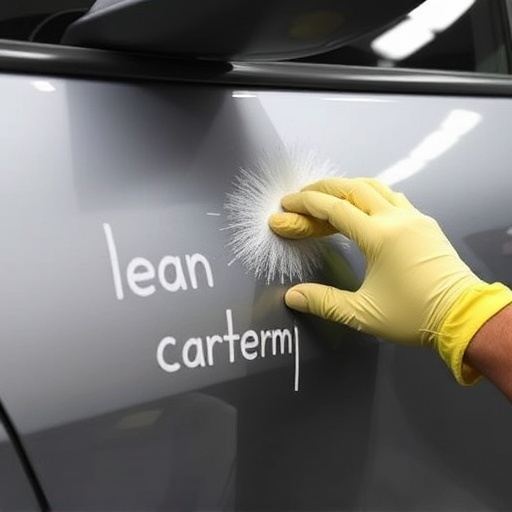
Aluminum is a popular choice for vehicle manufacturing due to its lightweight nature and excellent corrosion resistance. However, understanding its properties and limitations is crucial when incorporating aluminum body components into automotive design. One key aspect to consider is the metal’s inherent weakness in terms of strength and durability compared to materials like steel or carbon fiber components. While aluminum offers exceptional rigidity and a high strength-to-weight ratio, it may not withstand extreme forces or impact as effectively, especially in vehicle collision repair scenarios.
Additionally, aluminum’s susceptibility to oxidation requires careful consideration during manufacturing and auto repair shop processes. The formation of an oxide layer can affect the metal’s finish and structural integrity over time. Techniques like paintless dent repair are particularly beneficial for preserving aluminum’s natural beauty and performance. By employing these methods, vehicle owners can ensure their aluminum body components remain in top condition, enhancing overall vehicle aesthetics and safety in case of any future auto repairs or accidents without resorting to extensive metalwork.
Correct Assembly Techniques for Seamless Integration
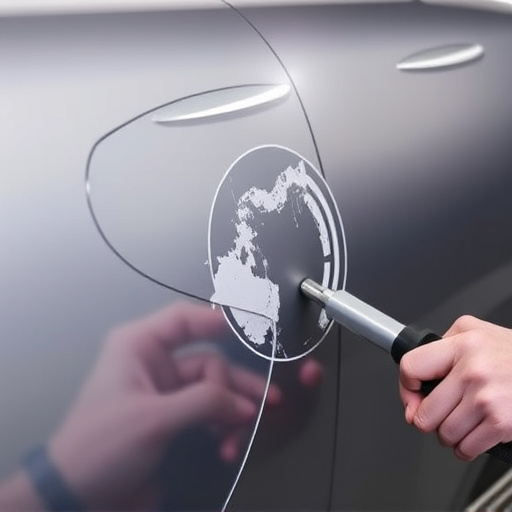
Aluminum body components are increasingly popular, especially when integrated into luxury vehicles. To ensure seamless assembly and avoid common mistakes, it’s crucial to employ correct techniques from the outset. This starts with ensuring proper alignment during installation, as even minor misalignments can lead to structural weaknesses. The use of high-quality adhesives and sealants specifically designed for aluminum is essential to maintain the integrity of joints and prevent corrosion.
In addition to these practices, it’s vital to consider the compatibility of aluminum with other materials, particularly carbon fiber components, which are also gaining popularity in auto body shops. Proper preparation of surfaces, including degreasing and priming, facilitates robust bonding between different materials. This meticulous approach ensures that finished products from car repair shops not only look sleek but also boast superior durability, rivaling those of traditional metal fabrication methods used in luxury vehicle repair.
Quality Control Measures to Prevent Defects in Carbon Fiber Components
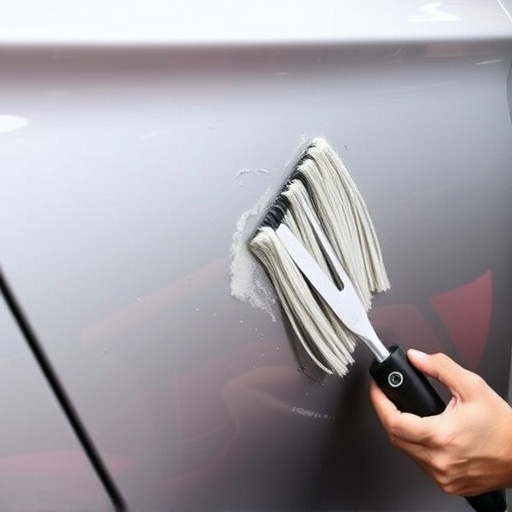
Ensuring high-quality carbon fiber components is paramount in modern automotive manufacturing and vehicle collision repair. Unlike traditional metal components, carbon fiber’s unique properties necessitate rigorous quality control measures to prevent defects. One key step involves meticulous inspection processes using advanced technologies like 3D scanning and non-destructive testing (NDT) methods. These techniques identify even the smallest imperfections, such as structural inconsistencies or resin voids, that could compromise the integrity of the final vehicle bodywork.
Implementing stringent quality control measures throughout production and hail damage repair is essential to maintain carbon fiber components’ superior strength-to-weight ratio and durability. Regular training of personnel on best practices for handling and assembly ensures consistency in quality. Additionally, establishing standardized operating procedures for cleaning, finishing, and packaging further reduces the risk of defects, guaranteeing that each component meets stringent industry standards and enhances vehicle performance and safety across various applications.
By understanding the unique properties of aluminum and applying proper assembly techniques, you can significantly reduce common mistakes in manufacturing. Additionally, implementing robust quality control measures for carbon fiber components ensures defects are caught early, enhancing overall product quality. Incorporating these strategies into your workflow will lead to more reliable and efficient production processes, ensuring your aluminum body components meet the highest standards.
